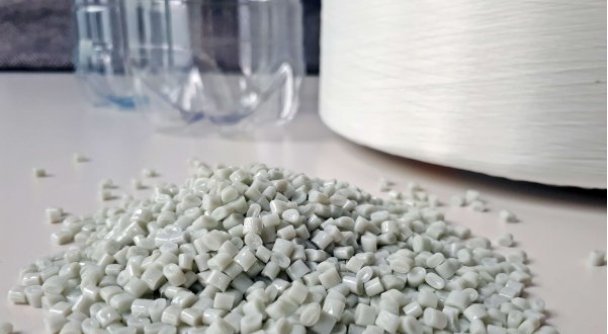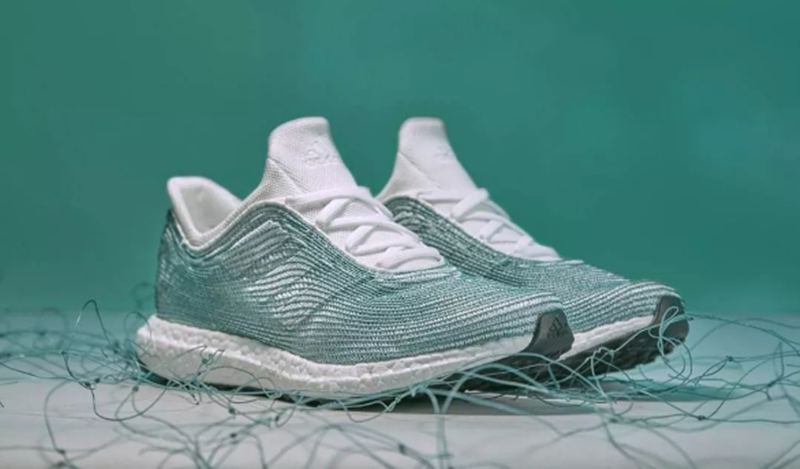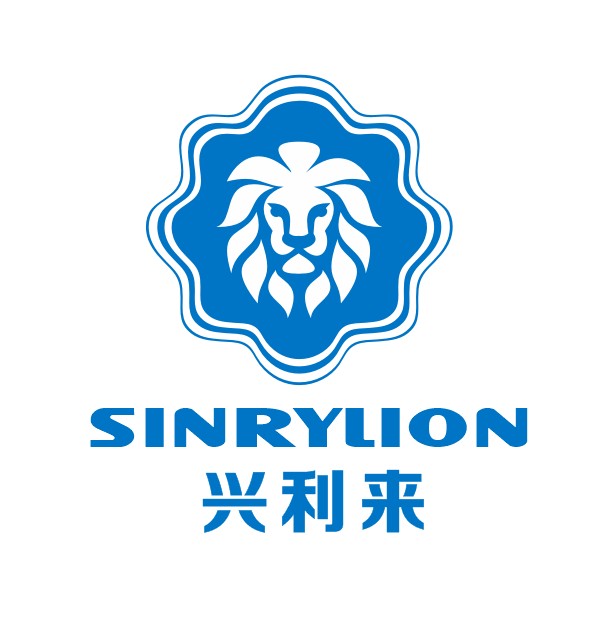H&M teamed up with IKEA to achieve 100% recyclability and regeneration of fabrics
2020-09-04
H&M teamed up with IKEA to achieve 100% recyclability and regeneration of fabrics

At the recent 2019 Textile Exchange Sustainability Conference, Swedish fast fashion group H&M Group announced a large-scale research work with Swedish home retail giant IKEA (IKEA) to investigate the chemistry of recycled fabrics in the “post-consumption phase” ingredient. In fact, this cooperation between the two sides began as early as May 2018.
Improving the utilization of recyclable materials in products and achieving 100% recyclability and regeneration of fabrics is one of H&M's major goals. The company is taking a series of strategic initiatives to lead the fashion industry in sustainable and atmospheric protection through research and cooperation. Make positive contributions at the level.
Due to the unknown risks associated with the chemical composition of recycled fabrics, H&M believes that good chemical management initiatives must be taken to ensure that these materials are safely used in the circulatory system. In response to the safety hazards posed by the chemical components contained in recycled fabrics, this year's Fabric Exchange Sustainability Conference brought together industry players from more than 25 countries to discuss solutions.
Anna Biverstål, Global Materials Business Specialist, H&M Group, and Nils Månsson, IKEA Supply Chain Materials and Innovation Deployment Manager, shared some of the key findings from the report.
The study focused on recycled cotton, polyester and wool materials in the “post-consumption phase”. More than 8,000 tests were conducted on the collected recycled fabrics to jointly develop an action plan for the use of recyclable fabrics and to ensure that these materials meet stringent safety standards. At the same time, fashion industry peers have launched an initiative to increase the proportion of recycled fabrics used in products. The results of this research may in the future help to optimize the management legislation and standardization of chemical constituents in recycled fabrics.
In this study, the two companies collected 166 cotton samples, most of which came from recycled donated garments, as well as some of the remaining fabrics that were not made into ready-to-wear. The researchers smashed the samples and spent several months performing chemical analysis in 8,000 tests. The preliminary findings include:
Chromium compounds (carcinogens) and heavy metals used for dyeing were found in 8.7% of the samples.
Alkylphenol ethoxylates (endocrine disruptors) for the manufacture of dyes and pigments were found in 19.3% of the samples.
It is still too early to draw conclusions from early tests, so there will be more research next. Nils Månsson believes that only when the research gets more data can the correct conclusion be reached, thus ensuring that the fashion industry uses the best method of using recycled fabrics.
It is reported that IKEA has begun to use some of the remaining fabrics of textile companies to make products, such as making carpets from the remaining fabrics used to produce the bedding. But because of the huge production demand, the company had to use some unprofessional supply fabrics.
H&M and IKEA have been working intensively in the field of sustainable fashion in recent years. In December last year, TreeToTextile, an environmentally friendly fabric company supported by the two companies, announced a partnership with Nordic paper manufacturer Stora Enso.
As we all know, the global awareness of environmental protection has gradually increased in recent years. This is not a “fashionable” style, but a development trend. Many brands have joined the regenerative action, and consumer groups are also voting with their choices. Green and renewable materials are becoming the first choice for everyone. There is only one earth, and green development must be the future.
If you are behind, you will be beaten. It is not terrible to be beaten. It is terrible that maybe a few years later, your product may be ruthlessly abandoned by the market.
As we all know, the global awareness of environmental protection has gradually increased in recent years. This is not a “fashionable” style, but a development trend. Many brands have joined the regenerative action, and consumer groups are also voting with their choices. Green and renewable materials are becoming the first choice for everyone. There is only one earth, and green development must be the future.

Invoking foreign media reports: Eric Liedtke, head of global brand at adidas, said: "Our goal is to completely stop using existing polyester fibers by 2024 and switch to recycled fiber to produce our products." (Currently, adidas 50% of the 9.2 million items sold use this material as a raw material for production, so it takes a while to completely deactivate.)
In addition to Adidas, brands such as Nike, H&M, Burberry and Gap announced that they have joined the Make Fashion Circular initiative launched by the Ellen MacArthur Foundation to reduce waste in the global fashion industry by recycling raw materials and products.
In other words, these brands will be more interested in GRS-certified suppliers in the future.
Under the concept of pursuing environmental protection and sustainability, the transformation of the textile and garment industry leaders will force the textile and apparel supply chain to follow the transformation and upgrading. Therefore, the brand will pay more attention to the certification of suppliers and whether it can meet the green environmental protection. Requirements.
 English
English 한국어
한국어 বাংলা ভাষার
বাংলা ভাষার हिन्दी
हिन्दी Türkçe
Türkçe русский
русский




